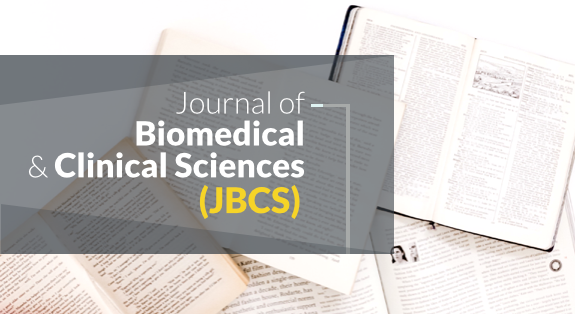
Warning: Trying to access array offset on value of type null in C:\inetpub\enews_latest\fullnews.php on line 63
Warning: Trying to access array offset on value of type null in C:\inetpub\enews_latest\fullnews.php on line 74
Warning: Trying to access array offset on value of type null in C:\inetpub\enews_latest\fullnews.php on line 78

Warning: Trying to access array offset on value of type null in C:\inetpub\enews_latest\fullnews.php on line 177
Warning: Trying to access array offset on value of type null in C:\inetpub\enews_latest\fullnews.php on line 179
Warning: Trying to access array offset on value of type null in C:\inetpub\enews_latest\fullnews.php on line 256

Warning: Trying to access array offset on value of type null in C:\inetpub\enews_latest\fullnews.php on line 308
Warning: Trying to access array offset on value of type null in C:\inetpub\enews_latest\fullnews.php on line 311
Warning: Trying to access array offset on value of type null in C:\inetpub\enews_latest\fullnews.php on line 311
Warning: Trying to access array offset on value of type null in C:\inetpub\enews_latest\fullnews.php on line 311
, January 1 1970 -
Warning: Trying to access array offset on value of type null in C:\inetpub\enews_latest\fullnews.php on line 319
Scroll to Top











